Above is one of the first stops in Cape Town- the District Six Museum- where over 60,000 residents were forcibly removed during Apartheid, declaring it a “Whites Only” zone. Using the Group Areas Act, the government removed an entire neighborhood, jump-starting the township communities. The above image, depicting neighborhood play, is from one of the museum's community-curated installations.
This January (2017), the US based artists traveled to South Africa to spend time on the ground with the South African artists as research for the next Sites of Passage exhibit. Civil Rights and Civil Wrongs is the third project in the ongonig series of global exchanges. In tandem from 2016-2018, artists from South Africa (Johannesburg/Cape Town) and the U.S. (Pittsburgh), are probing the concept of Civil Rights and Civil Wrongs through social practice, community workshops, exhibition, and performance.
Because the project is about giving voice and space for the artists to tell their story, Art Up begins the description of the journey, with the artists’ words…
This January (2017), the US based artists traveled to South Africa to spend time on the ground with the South African artists as research for the next Sites of Passage exhibit. Civil Rights and Civil Wrongs is the third project in the ongonig series of global exchanges. In tandem from 2016-2018, artists from South Africa (Johannesburg/Cape Town) and the U.S. (Pittsburgh), are probing the concept of Civil Rights and Civil Wrongs through social practice, community workshops, exhibition, and performance.
Because the project is about giving voice and space for the artists to tell their story, Art Up begins the description of the journey, with the artists’ words…
Reflection from CHRIS IVEY (Pittsburgh Filmmaker):
The first journey with ArtUp to Johannesburg and Cape Town in January 2017 served as a spiritual and mental awakening; one of the best experiences of my life that opened many doors within myself as an artist. As a filmmaker, I feel it is my duty to serve as a voice to the under-served in neglected communities.
I am an artist, but more so an African and a human being first.
Within two days of arriving in Johannesburg, South Africa I knew that I have returned home. The connectivity between myself and others living there, the environment, the air, and so on...
An overwhelming feeling of love filled me as I interviewed strangers who openly shared their stories and history of the Black / African experience and how some were identical to my Black / American experiences.
I loved the many looks of surprise as we talked about the issues of redevelopment, gentrification and reconnecting with our souls for the sake of generations to follow. We are living parallel lives and still learning so much from unknown experiences through our conversations and interactions.
I am an artist, but more so an African and a human being first.
Within two days of arriving in Johannesburg, South Africa I knew that I have returned home. The connectivity between myself and others living there, the environment, the air, and so on...
An overwhelming feeling of love filled me as I interviewed strangers who openly shared their stories and history of the Black / African experience and how some were identical to my Black / American experiences.
I loved the many looks of surprise as we talked about the issues of redevelopment, gentrification and reconnecting with our souls for the sake of generations to follow. We are living parallel lives and still learning so much from unknown experiences through our conversations and interactions.
It is essential that the lessons that I am learning in South Africa are brought back especially to the youth and adults I serve: essential lessons of learning, about healing, and rebuilding 20 some years past apartheid versus the over 50 years at home [in the US] of still not recognizing the multi-generational harm from segregation and hundreds of years of slavery.
We are now living in uncertain and turbulent times in the United States and we must continue to live, love and education one another.
We are now living in uncertain and turbulent times in the United States and we must continue to live, love and education one another.
We leave the inland jungle, caves, mines, theatre and museums of “Joburg” for the salty and sometimes “sharky” waters (and world) of Cape Town.
Shortly after landing in Cape Town, we learn about District Six, once a neighborhood, now a place to study the geography of racism. Here, race was used to legally stream wealth (sound familiar?). Communities were forced to leave so that new, rich, white communities could move in.
The District Six Museum practices an ephemeral protest today by something they call, “salting the earth”. Through ritual activity, storytelling, walking the streets, engaging the site with graffiti and art, the community is occupying the space and the land.
Mandy Sanger, our brilliant and well-informed tour guide, whose family was forced to leave, explains to us how the museum did not begin, nor is run by academics—but rather by the people who lived in District Six. The stories are owned, collected and installed by the people, encouraging debate. Therefore, the museum is curated by the community.
Reflection from ALISHA WORMSLEY (Interdisciplinary Artist):
“Children of Nan” is an ongoing film series that uses science fiction and historical fiction tropes as a metaphor for the survival of black women. Black women being the first humans. Where better to film than the origin of humanity? The southern tip of Africa! “Children of Nan” begins with the Middle Passage.
This trip gave me the opportunity to include an origin!
This trip gave me the opportunity to include an origin!
I made connections with women who would be "original women."
The landscape and mythology there will push the narrative to really create a powerful legacy for American Black Women and will show the startling similarities between the struggles of black women in South Africa and the United States.
The landscape and mythology there will push the narrative to really create a powerful legacy for American Black Women and will show the startling similarities between the struggles of black women in South Africa and the United States.
Visiting cultural museums, sites, and even cuisine, the artists indulge in a meal by Nadia Agherdine in her Lansdowne Western Cape home. Nadia cooks her visitors Cape Malay foods and discusses her family experiences as a woman of color in South Africa.
Similar to the US, the South Africans segregate humans by the color of their skin: White, Colored (or Brown in the US) and Black. But instead of political asylum and financially stimulated migration, much of the “colored” category was brought to South Africa (similar to the slavery in the Sates) as slaves from the West Indies—forced migration through slavery.
Reflection from RICARDO I. ROBINSON (Audio Visual Composer):
I will explore the sonic journey of specific natural resources extracted from South African soil and the process they go through to become a product people will kill for.
The journey is not all work- there is also play! It is hard not to go to the beach when you are staying so close it, especially if you come from Pittsburgh( PA) where there is snow on the ground in January!
Why These Artists?
Because all of them confront racial politics via different mediums.
Pittsburgh: We have a sound artist who archives the world around him through recordings (Ricardo Iamuuri Robinson), a filmmaker who addresses gentrification through various genres (Chris Ivey), and a multimedia artist who brings together myth and futurism to build a new present through a multi-media approach (Alisha Wormsley).
South Africa: We have a choreographer who considers himself a community developer (Mbouvu Malinga), a print maker/painter who captures the mining town protests and uprisings (Asanda Kupa), and a formerly incarcerated drug dealer turned art teacher who is a superhero and role model to the children in the township around him (Charlie Jensen).
Because all of them confront racial politics via different mediums.
Pittsburgh: We have a sound artist who archives the world around him through recordings (Ricardo Iamuuri Robinson), a filmmaker who addresses gentrification through various genres (Chris Ivey), and a multimedia artist who brings together myth and futurism to build a new present through a multi-media approach (Alisha Wormsley).
South Africa: We have a choreographer who considers himself a community developer (Mbouvu Malinga), a print maker/painter who captures the mining town protests and uprisings (Asanda Kupa), and a formerly incarcerated drug dealer turned art teacher who is a superhero and role model to the children in the township around him (Charlie Jensen).
Once back in the States, the Pittsburgh artists get the opportunity to meet with The Heinz Foundation and The Mattress Factory Museum team to start thinking about space and materials. Civil Rights and Civil Wrongs opens Friday, May 25, 2018.
Stay tuned, or if you just can't wait, follow us on instagram @SOP.endowment to learn more!
Stay tuned, or if you just can't wait, follow us on instagram @SOP.endowment to learn more!
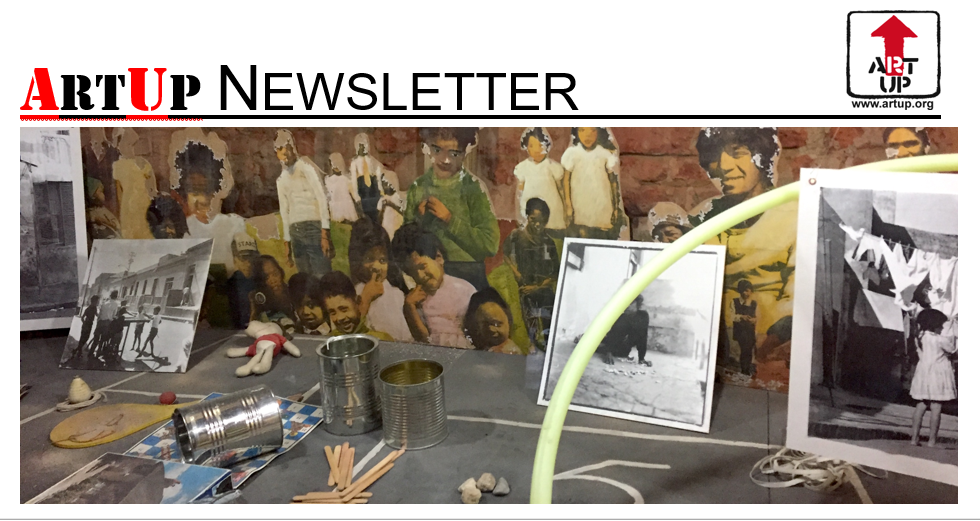
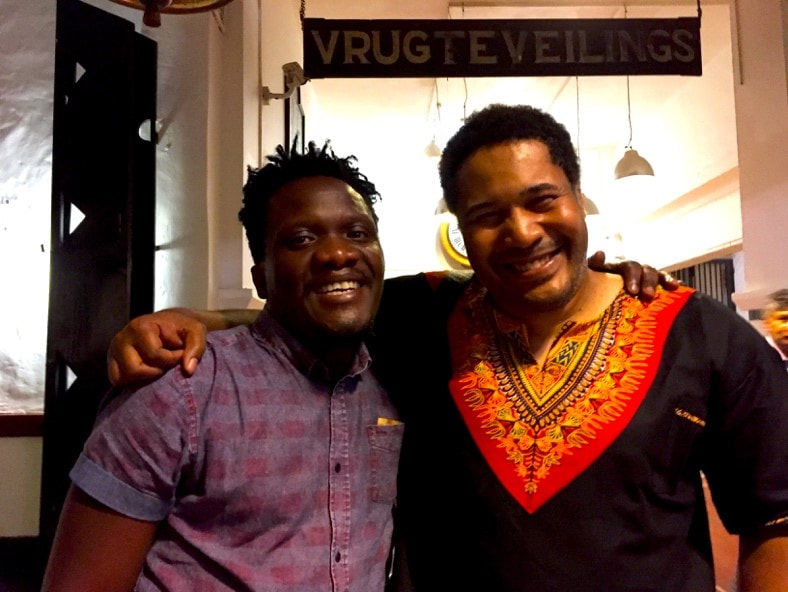
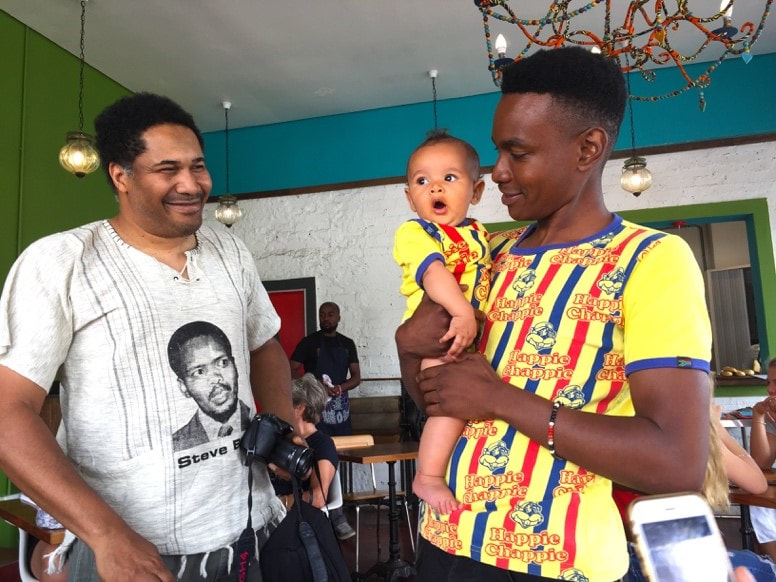
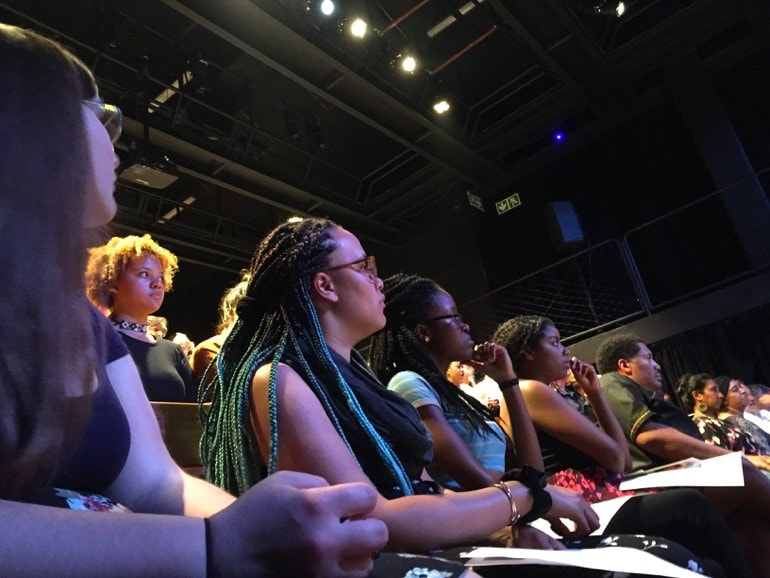
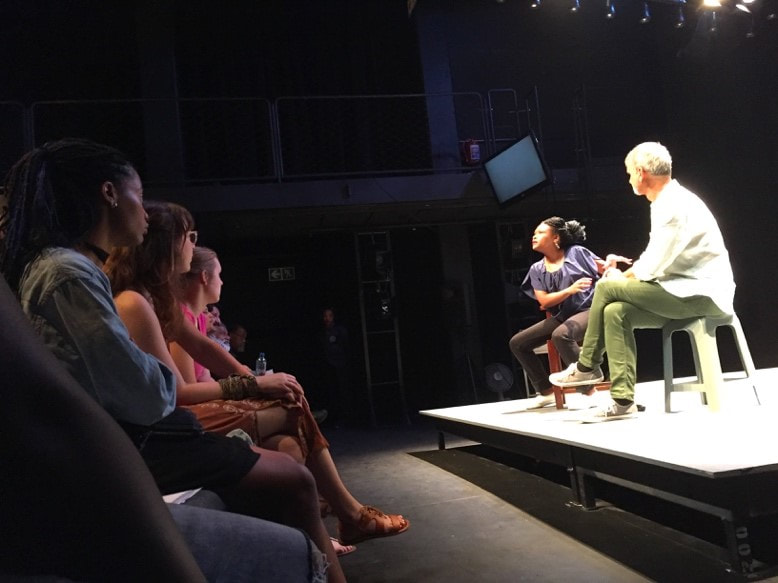
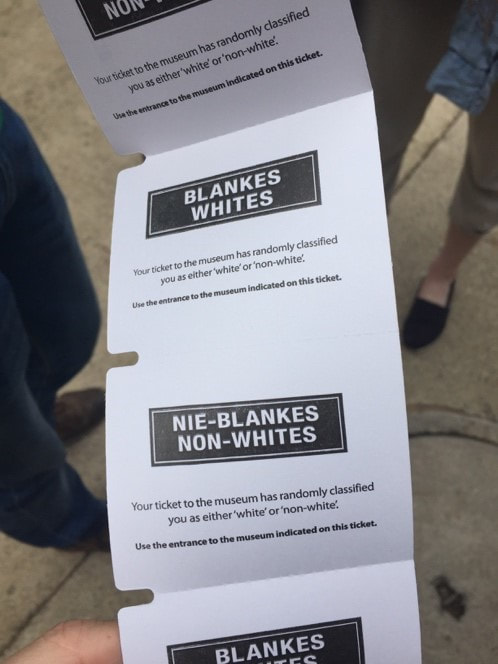
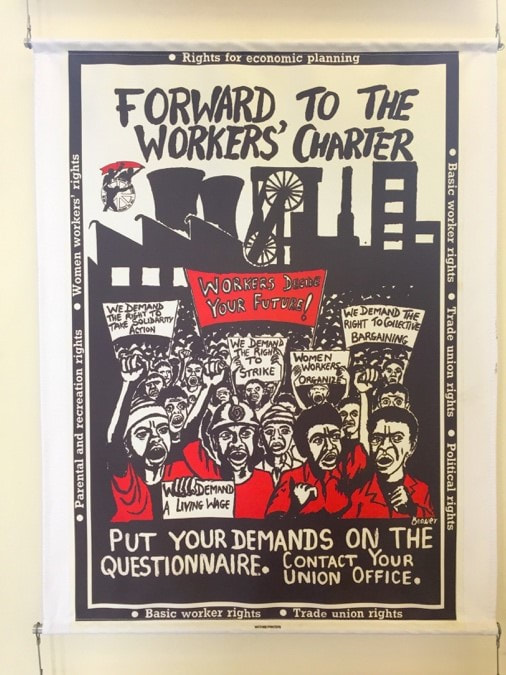
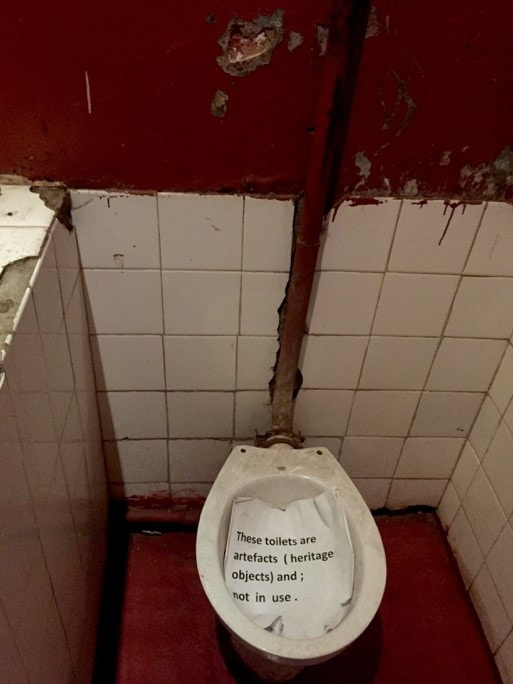

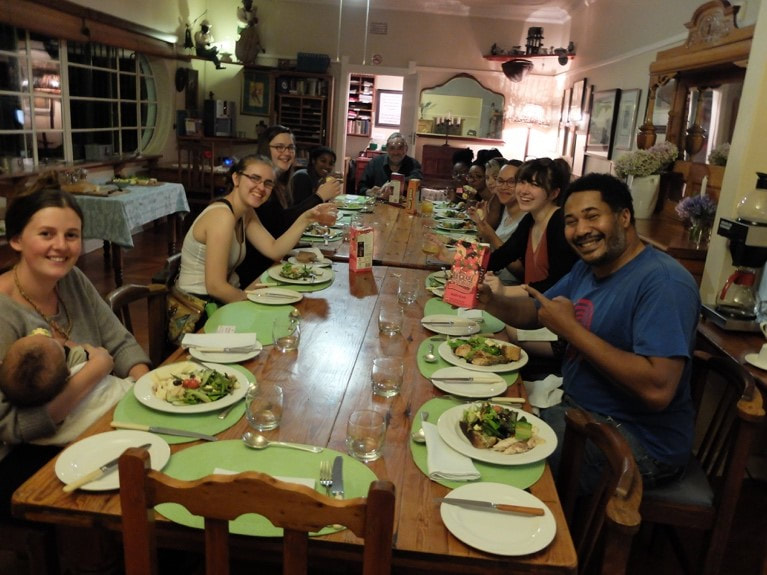
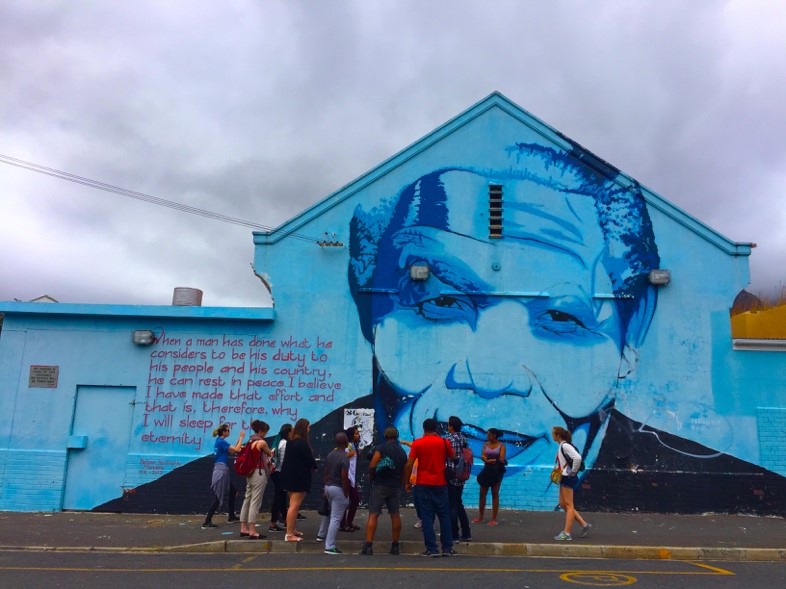
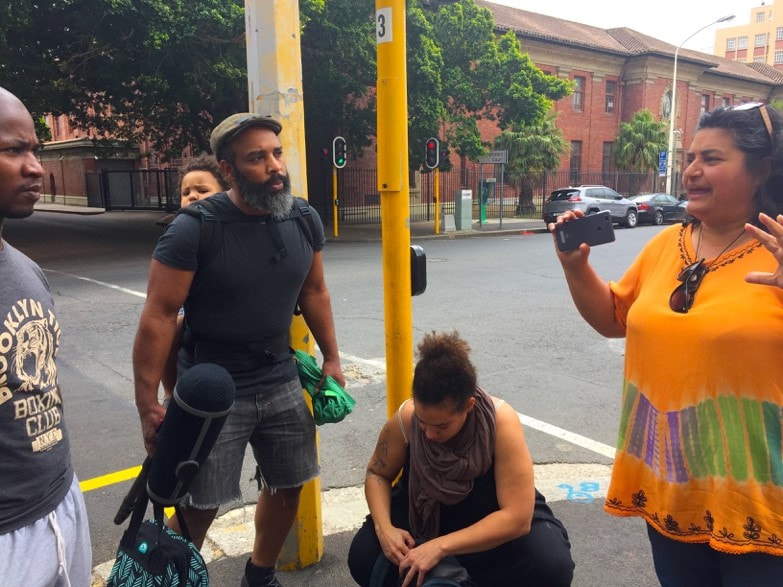
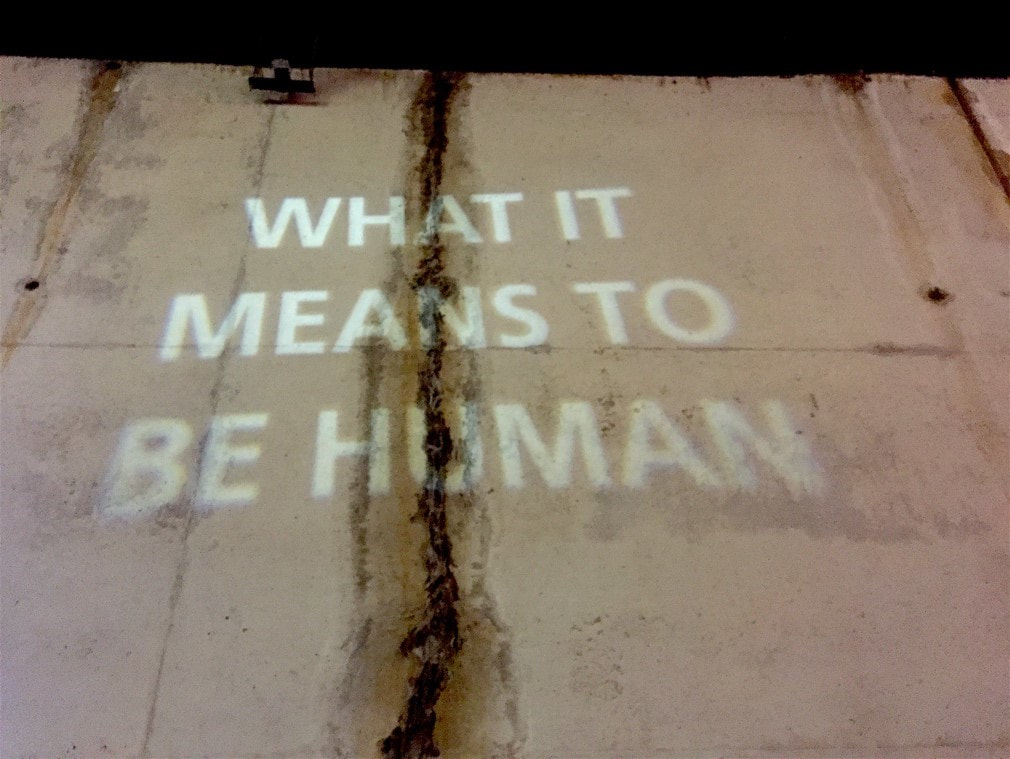
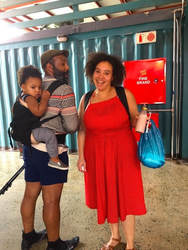
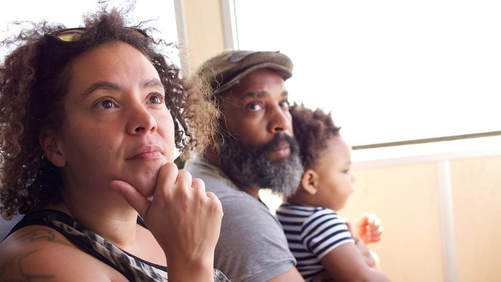
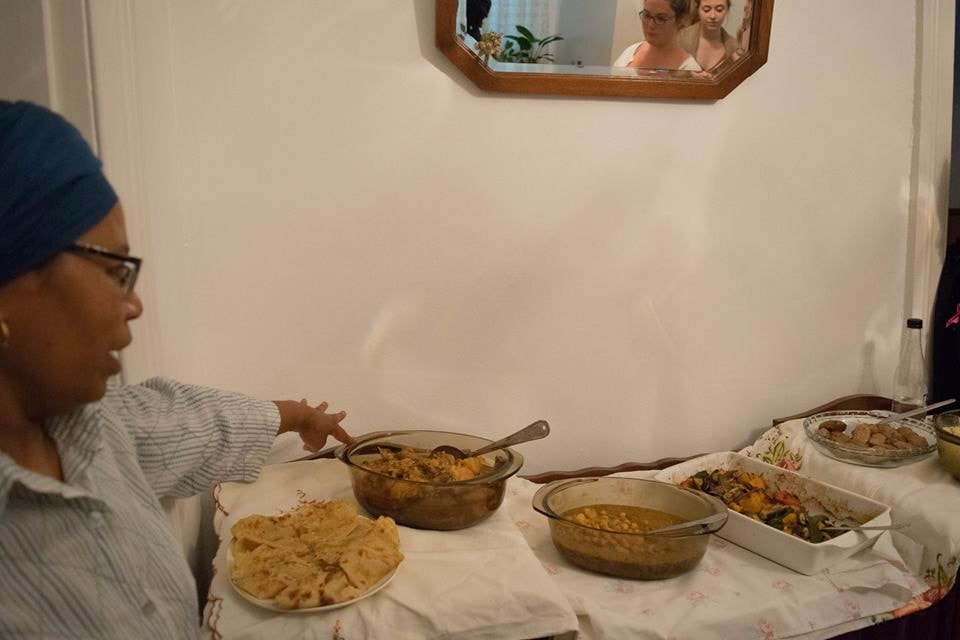

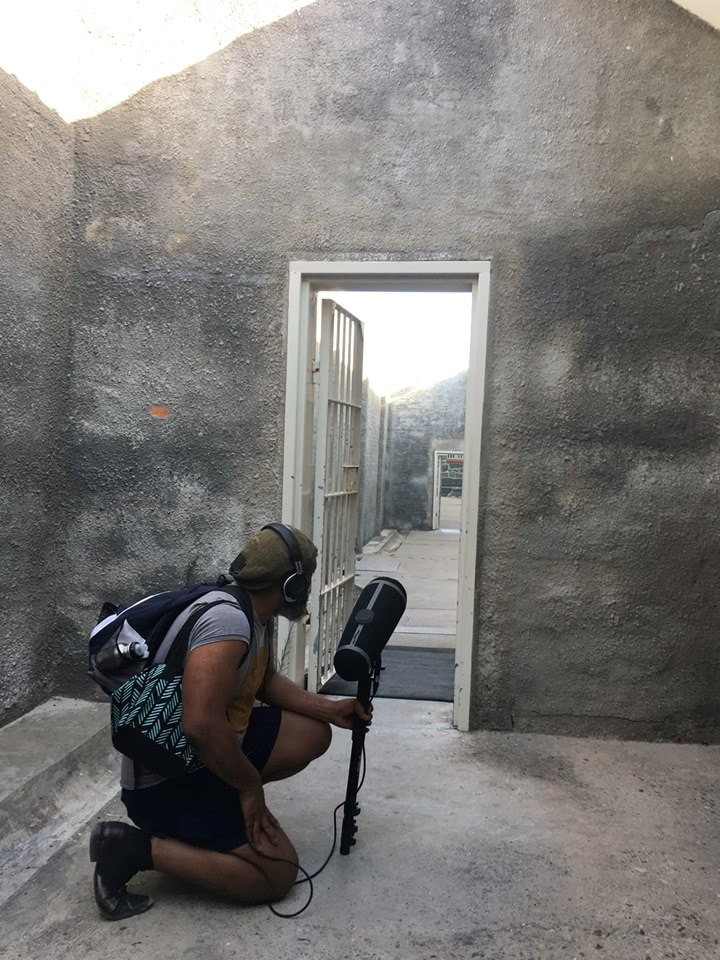
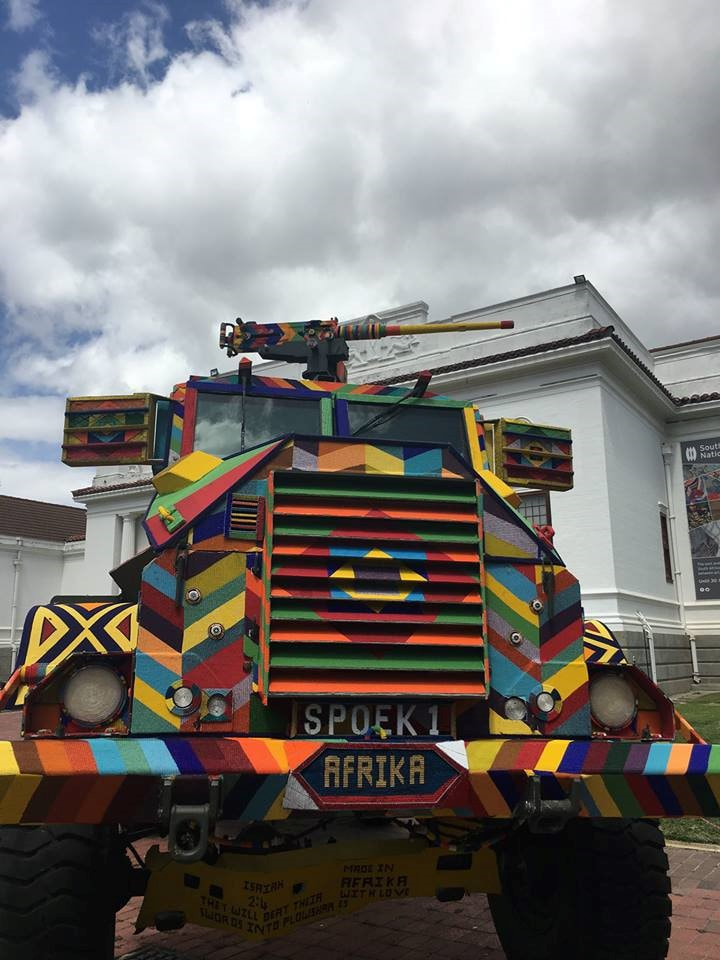
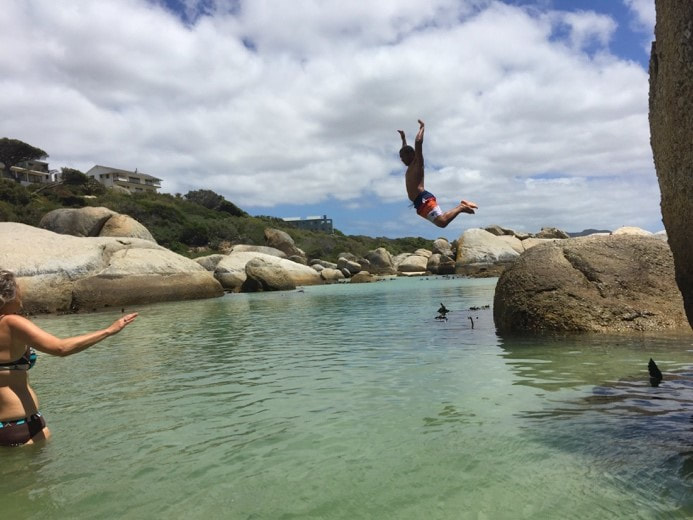
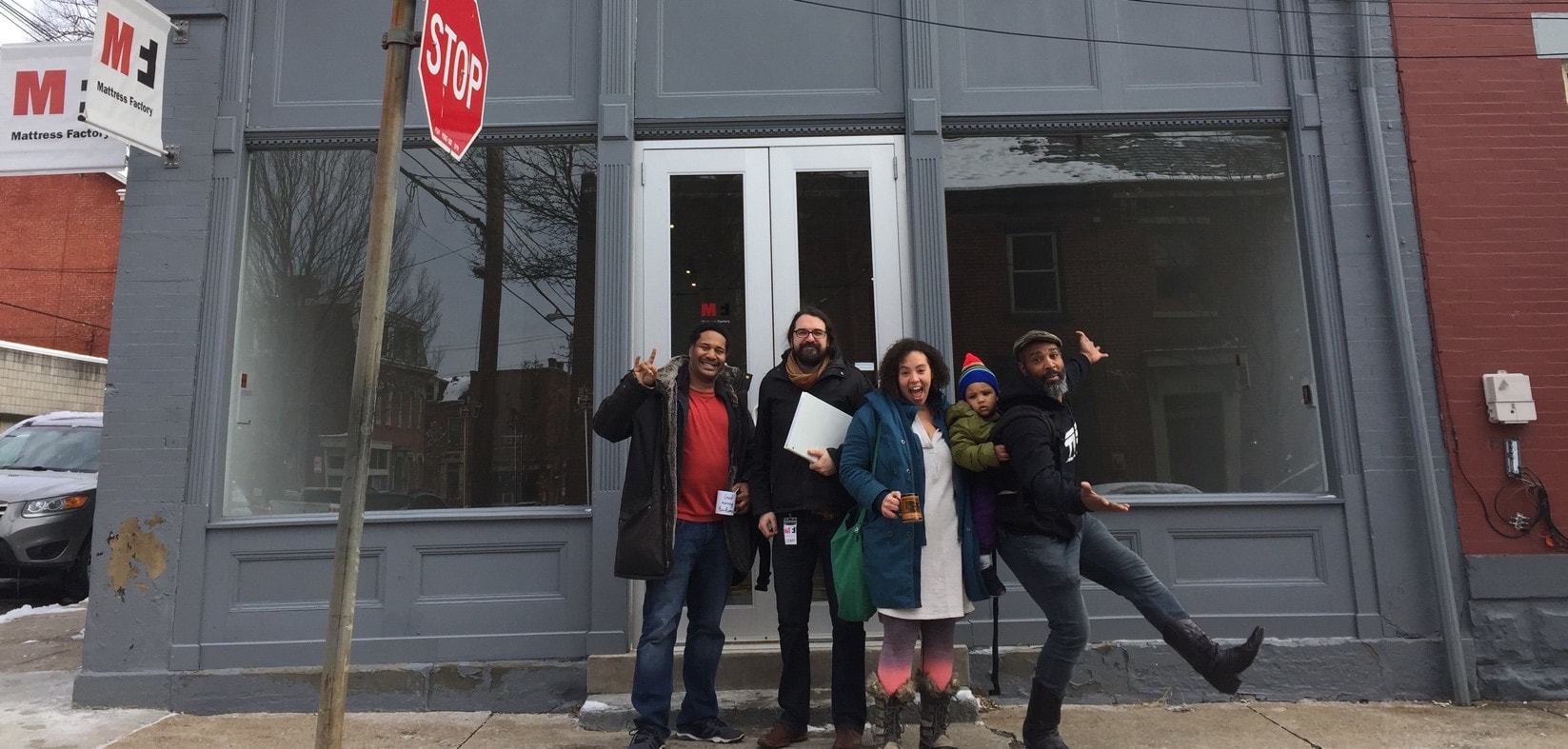
 RSS Feed
RSS Feed